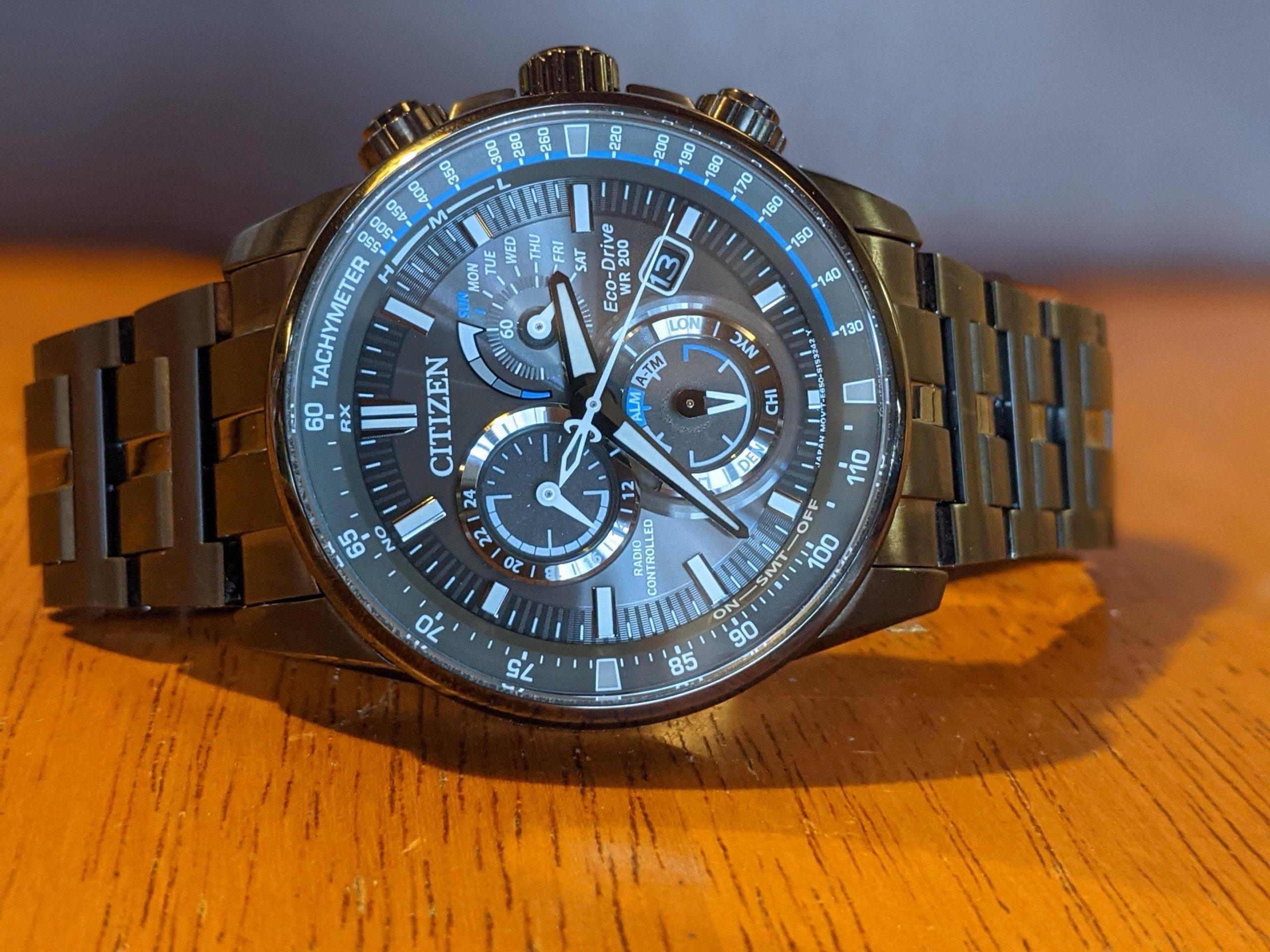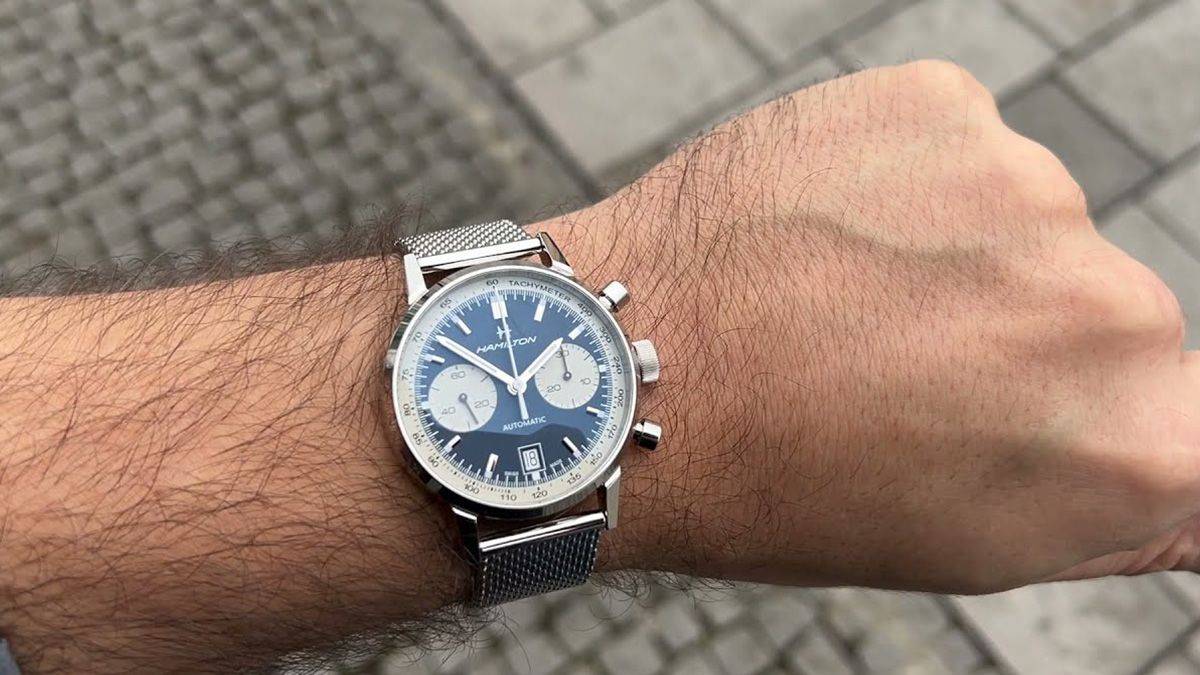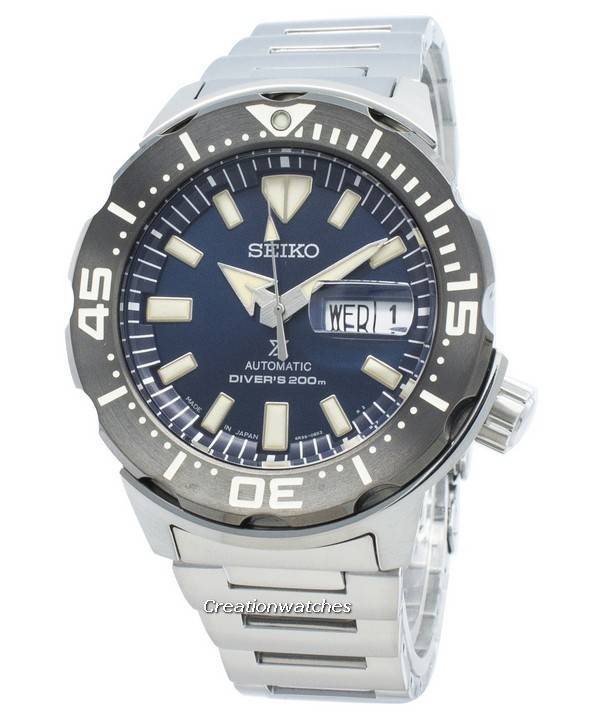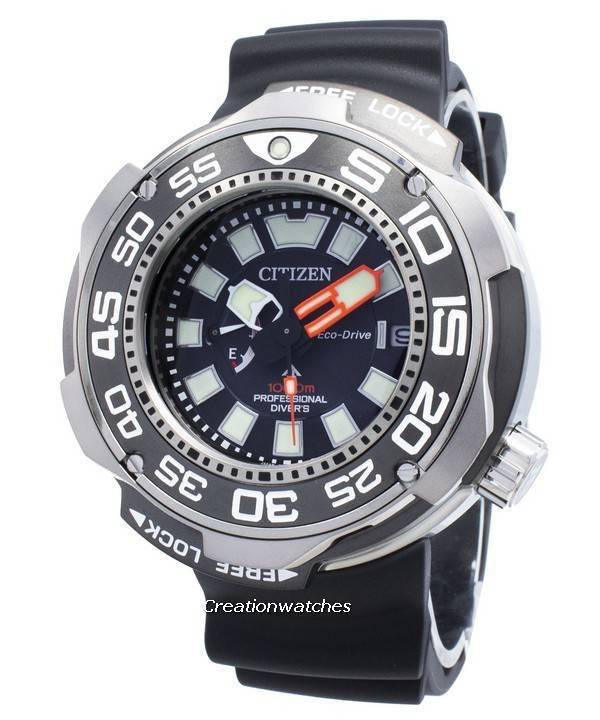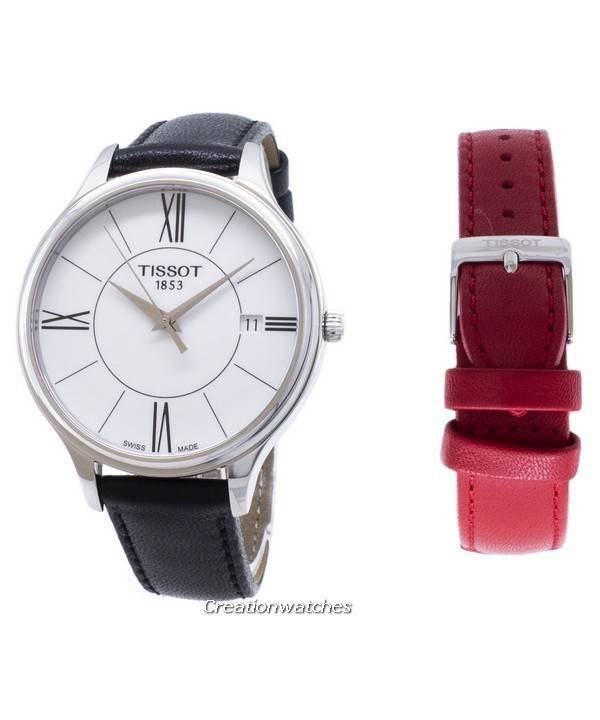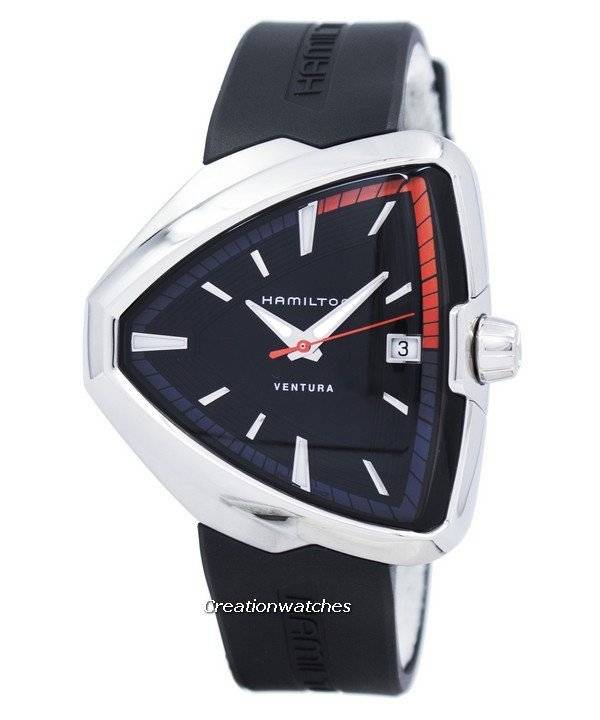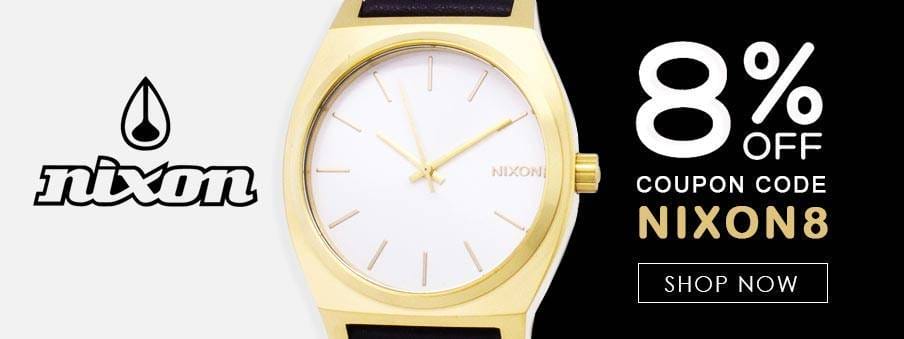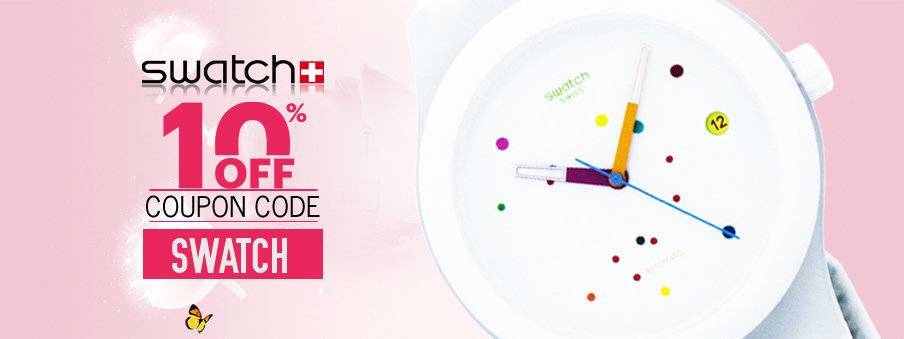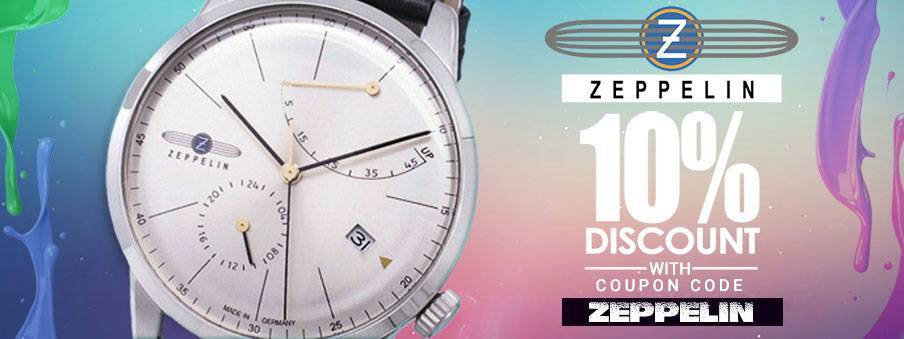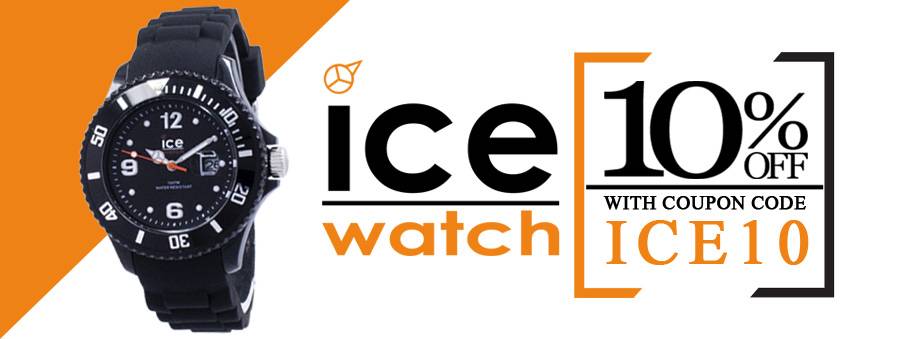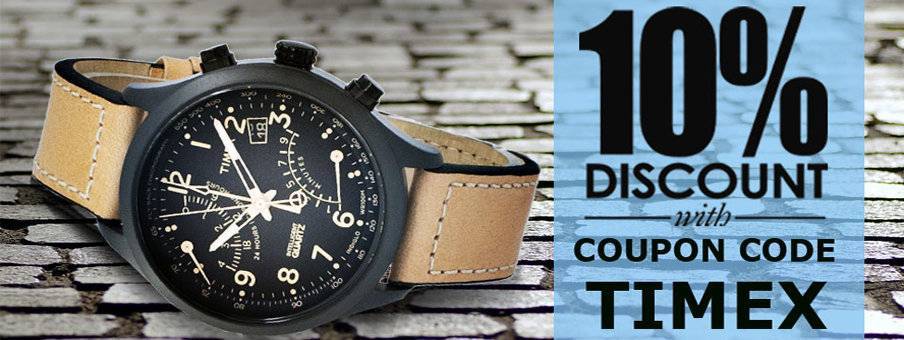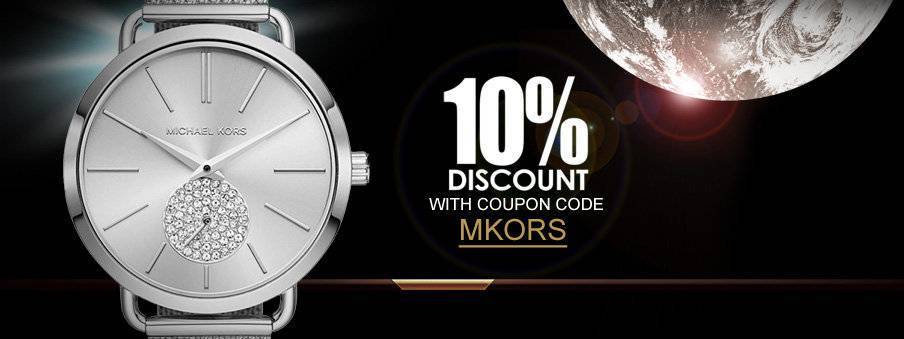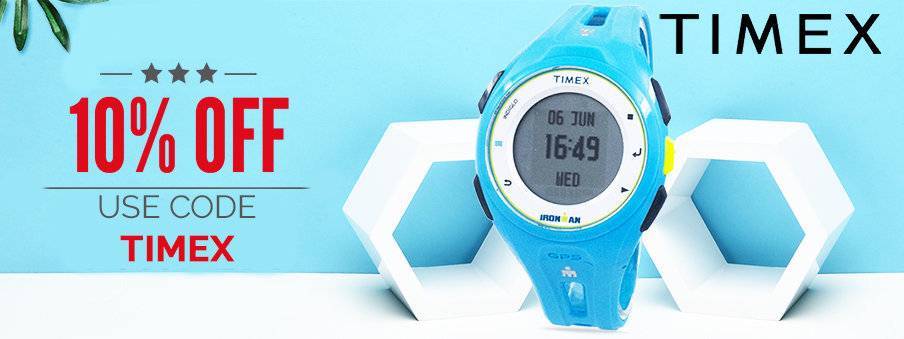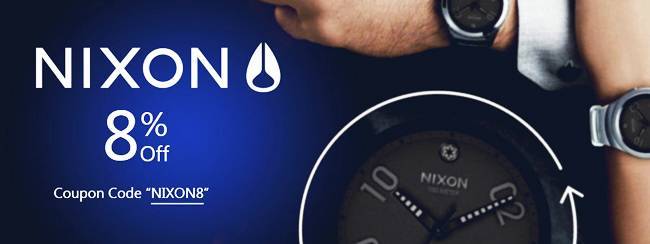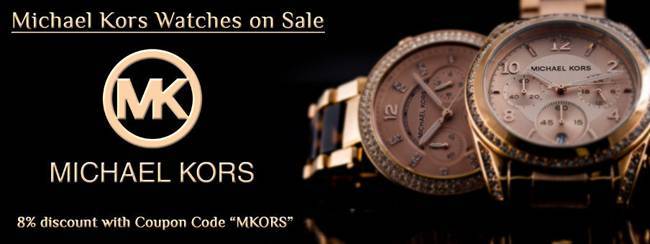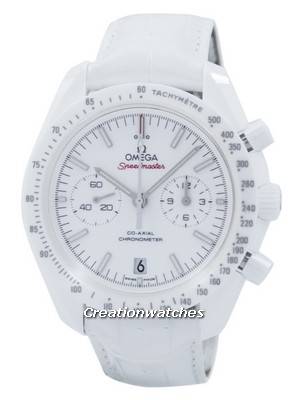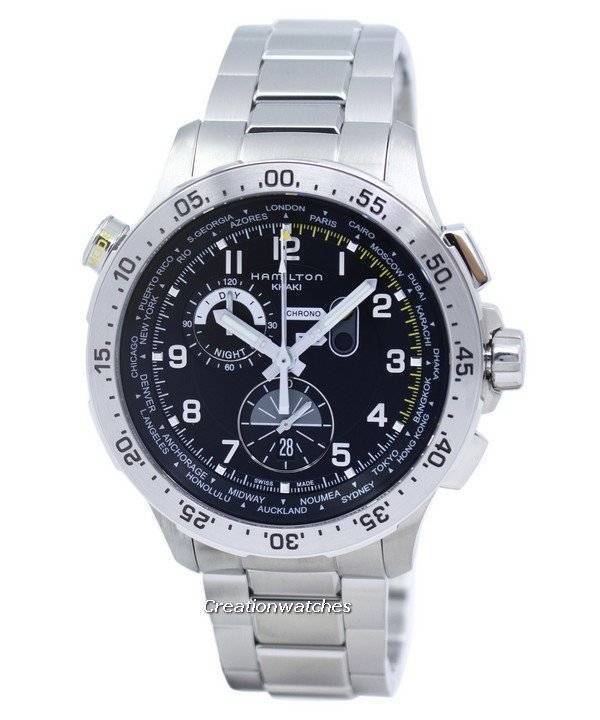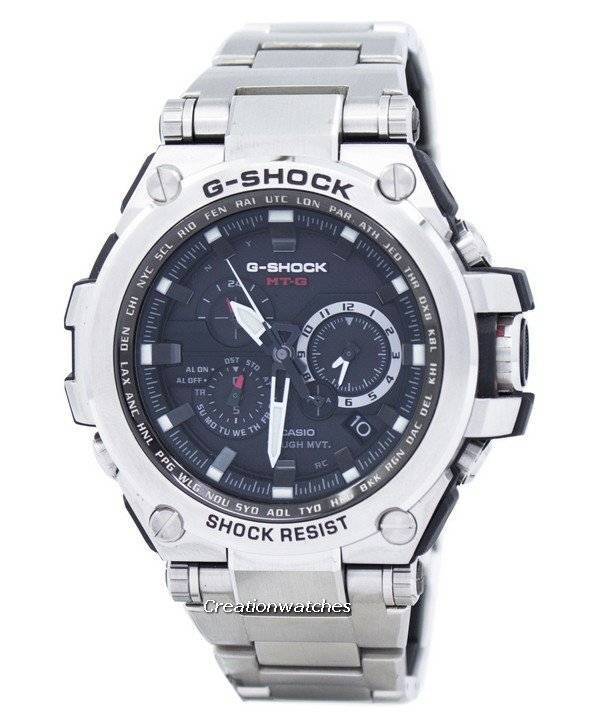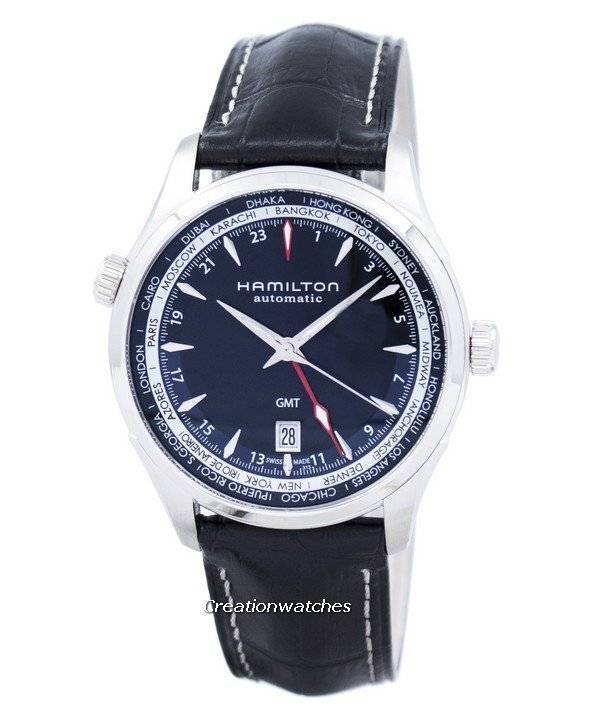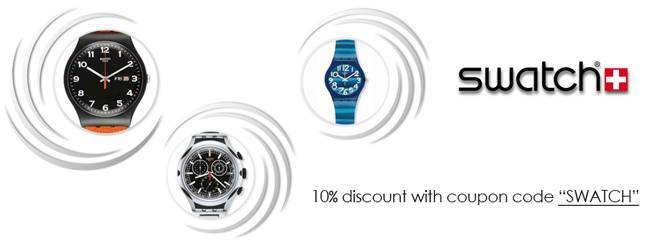So here is an estimate on what will make you feel comfortable in the luxury arenas, from the top tier to the basic. Once you digest it, you are encouraged to add personal preferences and decide on the purchase. This is important since it is simply impossible to review hundreds of brands exhibiting thousands of styles; a general overview boosting further intelligent and personal additions is going to take you a long way.
The $300 to $1000 range comes first. This is the basic luxury tier and perhaps the broadest range that is loved and hated equally. Loved, because of the low price; hated, also for the same reason. There will always be a crowd to whom this is a paltry sum of money and does not indicate prestige. Nevertheless, this range will get you a sapphire crystal glass , which is scratch-proof and tends to grow thicker with the rising price. There will also be a construction in solid metal, the least being grade 316L stainless steel almost all the time; a good luminosity (the pricier, the better) and certainly, there should e no plastic around.
Do not expect a Swiss movement unless it is an ETA, or Ronda-built quartz ; mostly, it will be a Japanese movement (more so for Japanese watches). The Jap movements (e.g. Miyota, a part of Citizen) are far better when it comes to Quartz and especially, at this price range, purely mechanical movements are flimsy, at best. And if you are even thinking a Chinese watch with a Chinese movement, you are not fit psychologically to wear a luxury watch! If you don’t know, these are nice-looking watches that function like movie props; better put, a blank firing gun that fails to deliver the load. These will also lack the double/triple-locking deployment clasp (if it’s a metal bracelet) and even if it is there, it shall be a tinny, unreliable one. Mostly, it will be a single-locking clasp with no sign on it to testify.
The tier showcasing $1,000 and up watches comes next and this is the mid-range luxury, though to be invaded only after you grow some passion, taste and higher expectations. These invariably will showcase mechanical movements; if not, then very-high end, special-purpose quartz movements (e.g. the Superquartz in the Breitling Thermoline).
An anti-reflective coating (on both sides of the glass) comes next to cut the glare and screw-in links accompany the bracelet. These are way better than ordinary pins; in the sense, they impart a nicer look and last much longer. But those are just where things start from; the real deal is the COSC Chronometer Certification (for Swiss watches), the testing for which is both specific and rigorous.
It is needless saying the overall finish (and polish) will be better than that of the basic luxury watches and unless you have a very keen eye, you can’t really make out the differences from that of the real high end luxury watches. It is a super mirror polish on steel with chrome that doesn’t peel or flake off.
As for the luminance, all mid-cap luxury watches use SuperLumiNova luminant to ensure glows well in dark and not the usual 30-seconds under very bright light source for a good, 10 minutes glow and dull later on stuff. The least you can settle for here is the LumiNova but nothing less. But it’s highly unlikely that a brand with a high pedigree will offer you any lesser stuff and ruin its name.
Another point not to be missed is readable, precision decoration on the dials and movements. Even mid range luxury watches do not compromise on that, so you can guess well what to expect from the upper class luxury tier coming up next. But that’s after we dedicate a couple of paragraphs on the unique designs from the mid-tier.



